"These researchers suggest that dreams, or at least some of their more bizarre features, are the associations and memories “thrown out on the desktop of our minds” at random. Our brains apparently make up stories to connect these pieces of memory into some sort of scenario that we can accept."
2014.03.31 12:09
29 March
The dream structure expressed above also describes the structure of a lot of these calendar-day posts in that things I've read/written on a particular day along with things I've written/read the same day in past years are "pieces of memory" connected "into some sort of scenario."
Had an elaborate dream early this morning. There was a deadline to compose a large series of webpages containing a collection of military architectural experiments from all over the planet (compiled by people from countries all over the world). It was all becoming overwhelming because all the data was very quickly funneling down to me and most of all the webpages are still blank. One of the people providing data was Dave Schmitt, one of the first friends I made in architecture school and who will have died tomorrow 20 years ago. He was showing me a classical building model with this obelisk/pendulum inside that was to perform some sort of military operation. After I woke up I was glad the deadline was just a dream.
I might try to start having more dreams like web links.
2014.04.10 21:56
Frank Gehry unveils plans for his first buildings in England
Looking back carefully now, it seems to be a misspelling on my part, but when I first wrote "intellectual anesthetization" yesterday I could swear that I copy-pasted the phrase from one of your paragraphs--I'm not the greatest when it comes to spelling, so I do that all the time. Anyway, now I'm confused and wondering whether I'm operating here under the subliminal memory of some dream last night or something.
| |
2014.06.07 15:39
In the future, everything will be a museum.
..the Bell House was built over a Native American burial ground. It was in the Salt River valley beyond Center, MO--half way between Hannibal and Perry (where I lived and worked summer 1978).
look color:
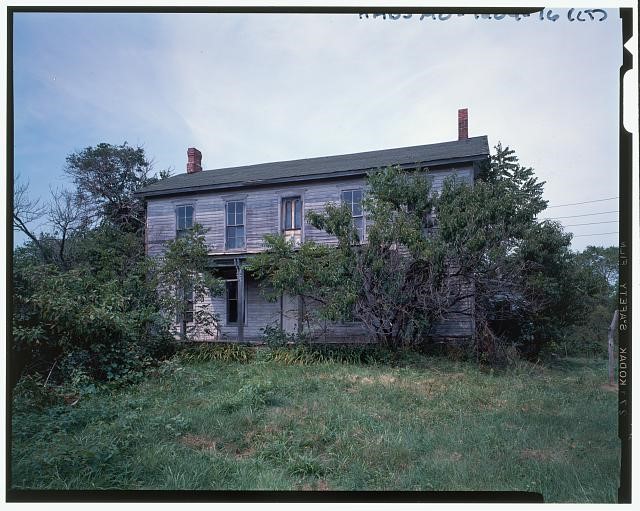
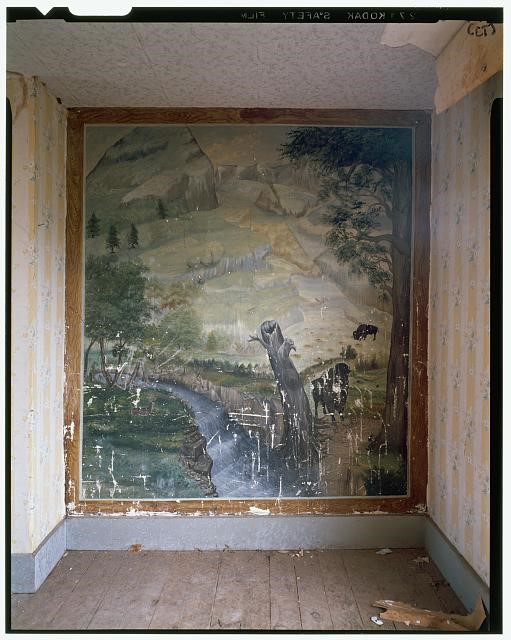
Here's all the documentation, note I delineated about half the drawings. The Library of Congress Historic American Building Survey collection is a great site for memory sans boredom.
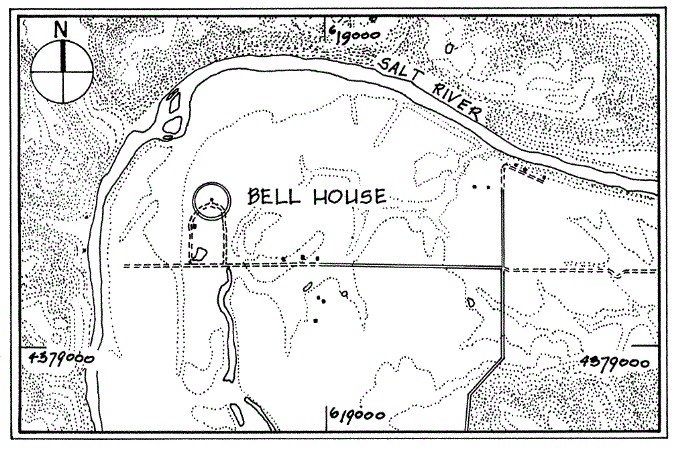
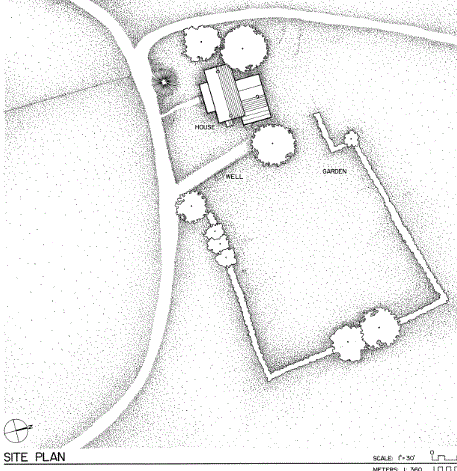
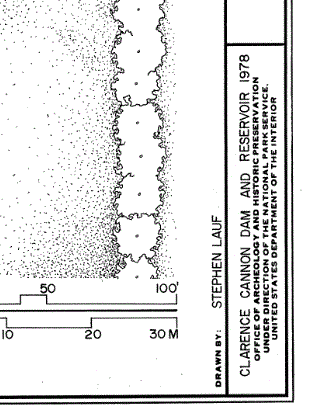
| |
2015.01.27 15:03
Playing with climate at BIG's "Hot to Cold", now open at the National Building Museum
I suspect it was the retired "Captian" and his wife who lived in one of the houses on the grounds. He was something like the figurative head of the place. The police dog that was let into the historic mansion (where no one lived) to sniff out a trail of recent activity went through the rooms on the main floor and then went upstairs and ran up and down the long corridor (like someone might do if they were being a look-out), and then the dog ran outside and darted straight to the Captain's house. Of course, the Captain was above suspicion, so the police ignored the dog's 'evidence'. The one time I spoke at length with the Captain's wife (before the robbery), she went on and on about the Faberge collection at the Richmond Museum of Art with this almost wildly gleeful look in her eyes. Granted, if you'd ever had any Faberge objects in your own hands and carefully examined all the jewels and overwhelming intricacies of the designs (and here I'm speaking from personal experience), then yes, one's eyes indeed do go from wildly gleeful to utter astonishment. Anyway, I have a vague memory of hearing that the stolen silverware turned up somewhere like Arizona, (or was it New Mexico?).
2015.12.05 20:14
"Are we human?" Curators Beatriz Colomina and Mark Wigley announce concept for 2016 Istanbul Design Biennial
artificial : made or produced by human beings rather than occurring naturally, typically as a copy of something natural
There are also things that human beings make naturally, like bodily fluids, digestive waste, skin tissue, offspring, etc., and perhaps even thoughts, memories, imagination can be considered natural human production.
Cities don't occur naturally.
2016.06.12 15:41
Parti
When the student makes his esquisse he shows in sketch form the best solution he is able to suggest in the short time allowed for this purpose after he has been given the program. This solution is his '"parti". Other students will of course have sent in esquisses showing, among them, several different "partis." Now, what is a "parti"? The word is a French one and is used in architectural training as it is used in the ateliers in the Ecole des Beaux Arts, at Paris. The dictionary gives as translation: "Parti—party, choice, way, means... .method." Professor Paul Cret in answering this question said: "Parti means party, just as in politics there is a Republican, a Democratic Party; one has to be selected by the voter, who does not know which one is going to win, so, selecting a parti for a problem is to take an attitude toward a solution in the hope that a building developed on the lines indicated by it will give the best solution of the problem."
In this the first requisite is common sense: schemes too ambitious for the program or otherwise inappropriate as a solution must be discarded. One must have some knowledge of the general class of buildings, of which the program calls for one. This means, of course, that the new student is at a disadvanfage compared to the more experienced man, until he too begins to learn something of architecture: this is true of life in general. There is usually an announcement beforehand of the field in which the problem will lie; this gives the student an opportunity to make some preparation. For instance, if the problem has been announced as "a small railroad station," one can look through architectural magazines or other publications for the general handling of such a problem, comparing the various solutions he sees. It is a mistake for a student, instead of making such comparison among several examples, to memorize one example that appeals to him, and put it in his esquisse, for the programs seldom repeat exactly the requirements of a former problem or example of executed work, and the difference makes the memorized solution a misfit. This is simply another instance of the need of common sense. Study your program when you receive it to see what is essential; to see what elements are needed, what elements that would be needed in a large example could be dispensed with in a small one. In doing this, put yourself in the place of the ones using the building: "what is the easiest way to accomplish what I have to do in that building?"
--John F. Harbeson, The Study of Architectural Design, 1926.
It is unfortunate that, in our time, the notion of parti has been reduced to "the big idea" because that's never what parti was. Within the early schematic phase of design, there are often several partis being considered, and, ultimately, one parti is chosen as the best solution. The chosen parti is then the guiding principle of the design development.
| |
2016.08.29 09:48
You never forget your first love: An ode to John Portman
The only Portman architecture I've visited was Peachtree Center and the Hyatt Regency Atlanta, some summer weekend, 1979. Don't have any vivid memories though--maybe that's because I was touring around with Tamara Peacock and we were too busy trying to look like young cosmopolitan sophisticates. If anything, I remember being somewhat let down by the atrium of the Hyatt Regency, like it already look dated or cliché or something, and I couldn't quite make out what all the fuss was about. Maybe it was a relative thing because the Westin Bonaventure LA and the Renaissance Center Detroit (design) were so much more in the news then that the Hyatt Regency just didn't match up to my expectations. Plus, by that point in my (architectural) life, I've already been to Frei Otto's Olympic Center Munich, Neuschwannstein, outside atop the World Trade Center a few times (once even at night), the Guggenheim Museum and St. Peter's Vatican City.
...I can appreciate your 'first love' feeling for Portman's architecture. There seems to be something consummately late-20th-century-American about it, with a strong dose of regionalism as well. Could Portman's architecture be seen, in Cold War terms, as capitalist antidote to Soviet Triumphalism?
2016.08.24 10:03
26 August
Conjuring Venturi's Eclectic Houses as subliminal mausoleums? Strada Novissima as a street of subliminal mausoleums? Soane's House as subliminal mausoleums? Johnson's Estate as subliminal mausoleums? I think I should read "The vertigo of the mélange" again, this time from a different perspective.
Funny, just looked at "The vertigo of the mélange" and the article after it is "Union of the arts: Sir John Soane's museum-house" and the ultima article is "The house of dreams and memories: Philip Johnson at New Canaan" and the whole issue is on the museum of architecture.
Quondam as subliminal mausoleum? Who knew?
2017.01.10 21:55
10 January
"In evoking the figure of the angel floating out of the picture on the wall toward the viewer, Benjamin was following an old tradition of meditative picture-viewing, which has the figures in a picture come to life for the observer. In identifying with the figure, he was also behaving like the Chinese painter of whom he writes elsewhere, who leaves the space of reality to enter the imaginary space of his own picture and take his place as a figure in the painted landscape. These two notions complement one another. ... The angel's imaginary freedom of backward and forward movement, between the picture plane and the real space in front of it, denotes for him the existential freedom to move back and forth in time, where memory and expectation complement and fulfill one another."
--O. K. Werckmeister
|




